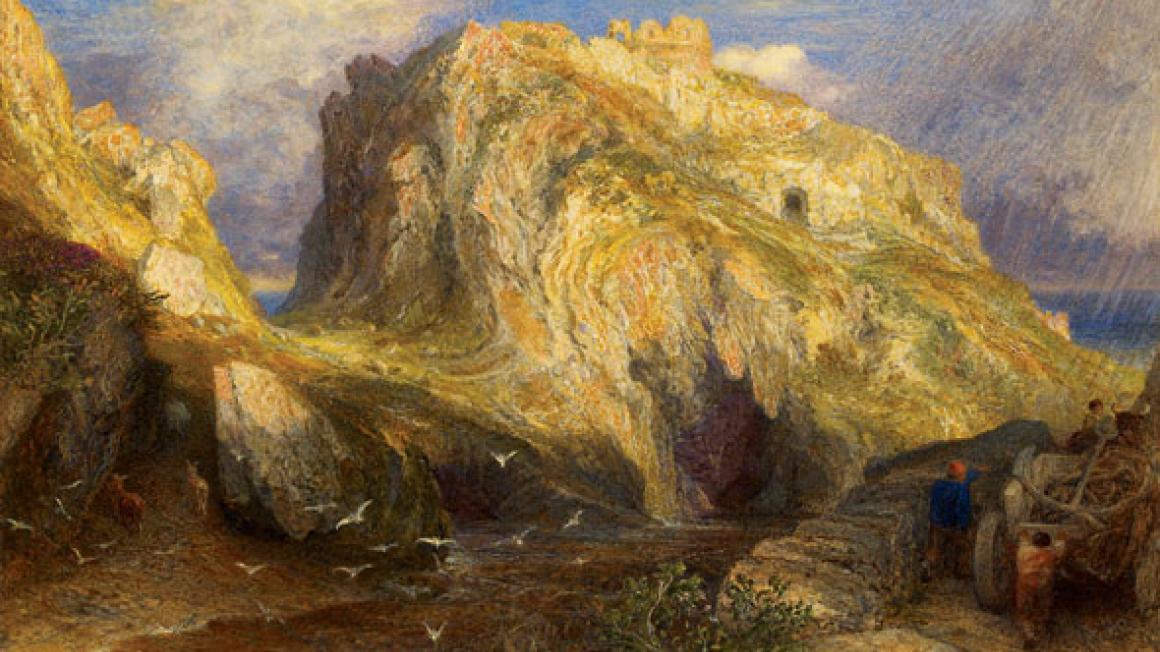Great British Drawings
 The Ashmolean’s universal eminence initially evolved following Elias Ashmole’s stipulation that his curiosities and antiquities be placed in a custombuilt repository. This early collection, largely bequeathed by the Tradescants during the 17th century, encompassed man-made and natural specimens from every corner of the Earth.
The Ashmolean’s universal eminence initially evolved following Elias Ashmole’s stipulation that his curiosities and antiquities be placed in a custombuilt repository. This early collection, largely bequeathed by the Tradescants during the 17th century, encompassed man-made and natural specimens from every corner of the Earth.The accessibility of what would become the world’s first university museum appealed to all elements of the public. The Ashmolean responded by playing a key role in the emergence of archaeology, with classical acquisitions and the founding of the Department of Fine Art reinforcing its international reputation. Amongst the treasures it has accumulated is a collection of 10,000 British drawings, watercolours and prints – and this latest exhibition showcases over 100 of them, which trace the history of drawing in this country.
Covering a diversity of subjects and styles, the collection is arranged in chronological fashion, beginning with 17thcentury portraits and what is regarded as one of the most sensitive facial representations, Samuel Cooper’s portrait of Thomas Alcock – whose steady gaze and relaxed aura capture the essence of this first gallery. Other works featured here include Jonathan Richardson’s portrayal of professional sitter James Figg as well as the captivating Tan- Che-Qua by Charles Grignion, along with works by familiar names such as Gainsborough, William Blake and Sir Joshua Reynolds.
The Golden Age of British Watercolours also features Turner and Girtin, providing proof that watercolour as an expressive force is comparable with oils.
The Ashmolean’s collection comprises few female artists, but Emily Mary Osborn’s Nameless And Friendless is a beautifully structured example of her work, portraying the contrast between wealth and poverty so prevalent during her lifetime.
In the packed second gallery, vibrant watercolours by Rossetti mingle with Ruskin’s draughtsman-like Venetian representations. At the same time the exhibition pays homage to more contemporary works such as Tom Phillips’ charcoal-and-pastel image of Salman Rushdie, alongside others by Paul Nash and David Hockney.
To observe so many iconic images brought together in one collection is a privilege. There are few opportunities, after all, to study representations by Lear, Beerbohm and Auerbach in the same setting.
The lengthy time span covered, however, coupled with the eclectic subject matter – from fish to feathers, from Stonehenge to a crashed German aeroplane – has the potential to distract. Each drawing may well fit the exhibition’s criteria, and provide an insight into the extraordinary riches of the Ashmolean, but this mix of artists and subjects is simultaneously the exhibition’s strength and weakness.
Until 31 August at the Ashmolean Museum of Art and Archaeology, Beaumont Street, Oxford: 01865-278002; www.ashmolean.org


